What chemicals do we consume every day?
Categories: Ecology | Food and Drinks | Health and Medicine
By Pictolic https://pictolic.com/article/what-chemicals-do-we-consume-every-day.htmlEven the most experienced chef cannot fully assess the quality of the product by eye. In some cases, the smell and color perform only the function of a beautiful package, behind which a dubious set of ingredients is hidden. The researchers tested some products to find out where and under the guise of what the potential danger may be hiding.
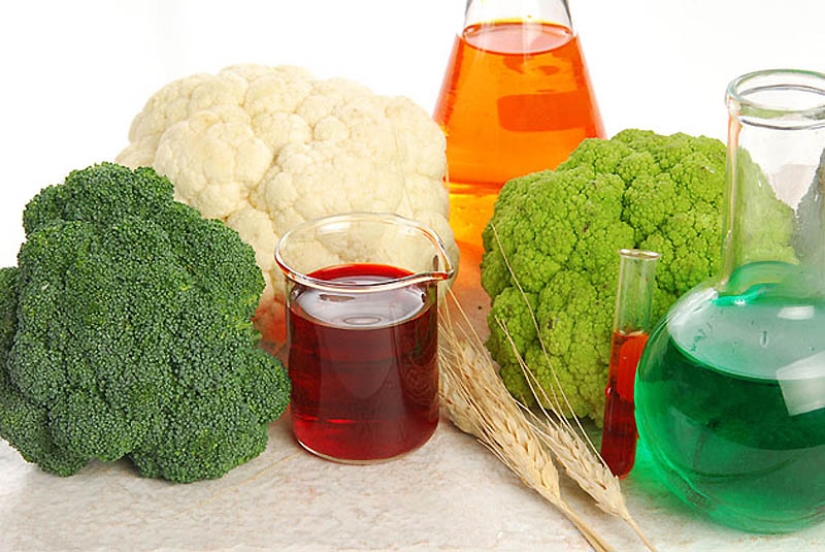
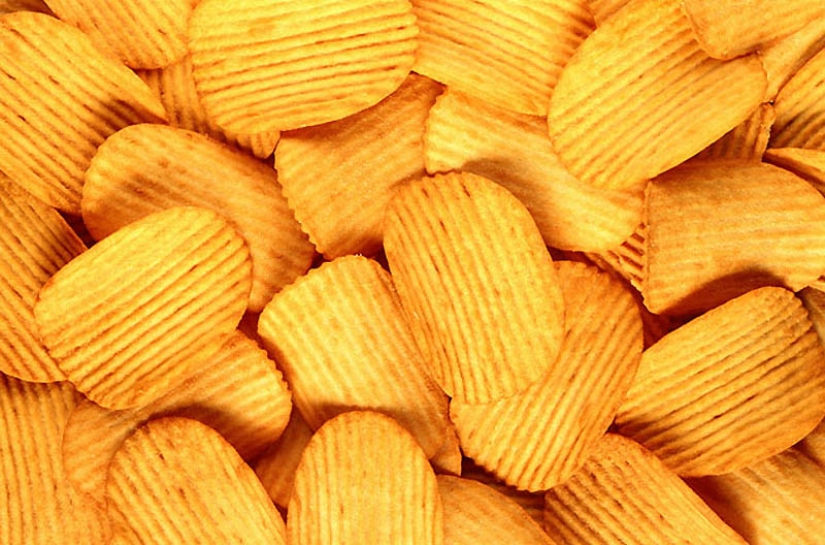
Universal gas is suitable not only for lighters. The food industry considers butane as an artificial antioxidant. A chemical element is added to chicken nuggets to keep them fresh. A dish that looks like it has just been cooked may well be seasoned with butane.
It is most often found in finished processed foods with a long shelf life, such as frozen foods, crackers, chips and fast food.
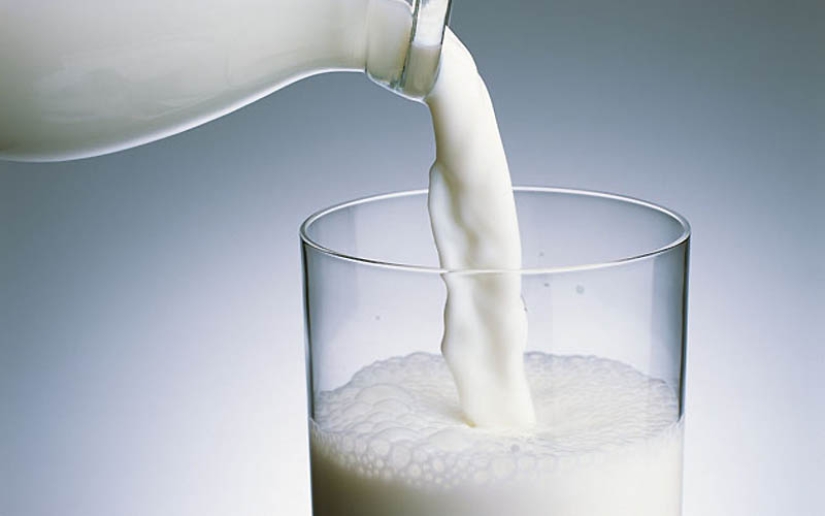
Elevated estrogen levels indicate a questionable origin of the product. Most often, the hormone is given to meat and dairy cows. Estrogen causes accelerated development and growth, which significantly increases the yield and quantity of meat products. And although experts answer the question "is it harmful" negatively, doctors strongly do not recommend using such products for food.
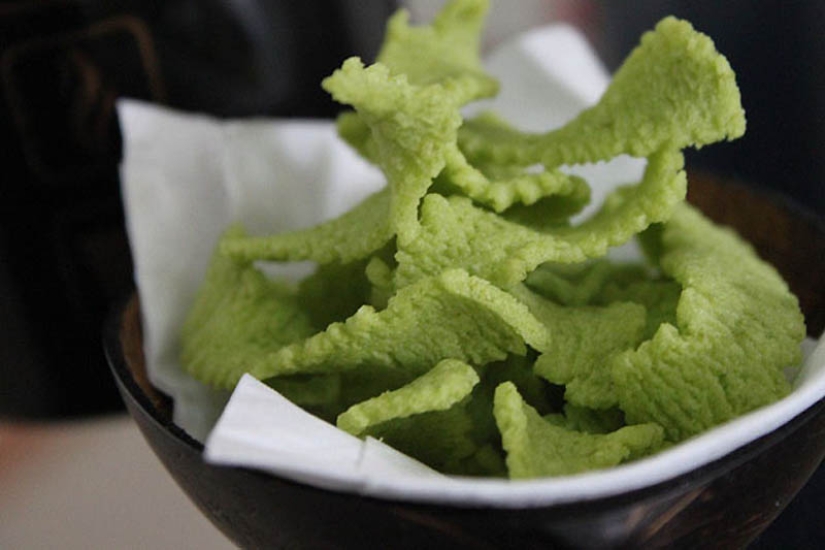
The composition of some green flour products, or at least with a hint of it, is only indirectly related to vegetable crops. As a component imitating greens, dehydrated spinach is used here and has no nutritional value. Eating such foods is as healthy as eating dust.
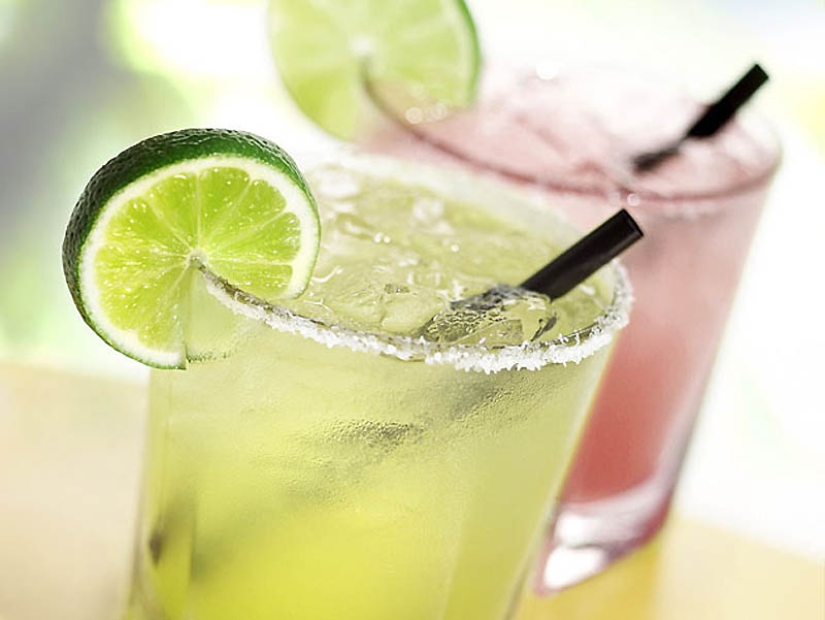
The substance is traditionally used in the automotive and cosmetic industries. The reagent does not allow the glasses to freeze, and also provides a moisture-retaining and softening effect. Since side effects were not reported, the substance was used as a food additive to create the same properties in food.
Potentially dangerous products: confectionery, non-alcoholic and low-alcohol carbonated drinks, energy drinks, frozen fruits and poultry.
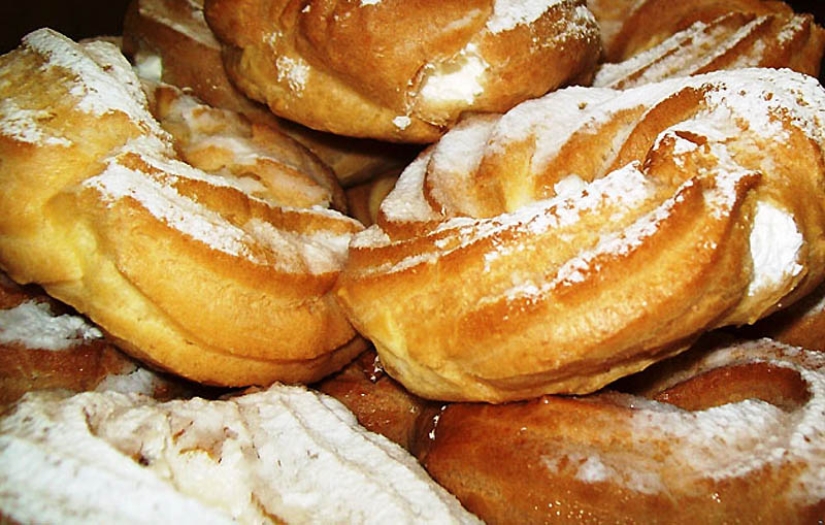
Since natural vanillin is expensive, and the global demand is several thousand tons per year, a method for synthesizing the substance from more affordable components was invented. Vanillin is mainly produced from lingin, a by—product of the pulp and paper industry.
It is used as a flavoring agent in yoghurts, pastries, beverages and confectionery.
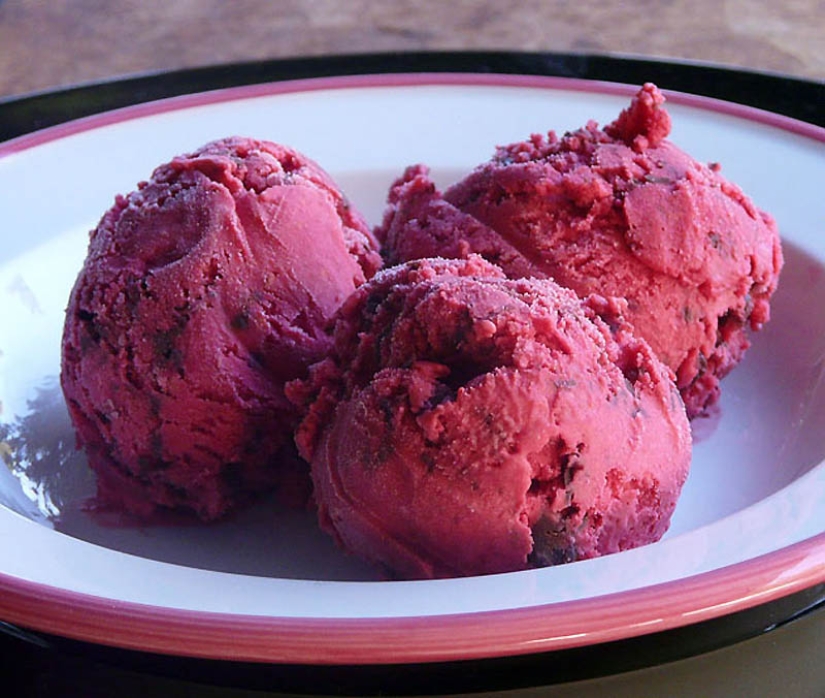
The aromatic substance is extracted from the glands of the beaver. Initially, the mixture was intended for medical purposes. Over time, it began to be used in the perfume industry in the form of a natural fragrance and odor fixative. From the point of view of the food industry, a raspberry flavor additive can be reproduced from the substance. It is believed that nowadays the jet is added only to expensive perfumes, in practice the beaver gland was found in jelly, ice cream, sweets and flavored drinks.
What the product consists of is usually written on the packaging, but for a modern buyer this is nothing more than a formality. Going grocery shopping, you should not limit yourself to entertaining reading about the expiration date, especially if the product is wrapped in bright packaging or sold at a tempting low price.
Recent articles

Straws are such a commonplace item that we rarely think about their origins. It seems they've always been around: in cocktails, ...

In the Victorian era Britain was quickly urbanized. By 1851 it became the first country lived in cities of more people than in the ...

Every day we face some trouble. The technique is slow, when you need something rushed, all traffic lights you come across on the ...